UnitedHealthcare dropping some Medicare Advantage plans, impacting 600,000
Published in Business News
UnitedHealth Group’s massive health insurance business will drop some Medicare Advantage health plans covering more than 600,000 people as it tries to reverse its financial declines.
The company’s insurance arm, UnitedHealthcare, is the nation’s largest provider of Medicare Advantage health plans, which are a privatized version of the original government health insurance program.
The Minnesota-based health care giant next year may also exit portions of the “Obamacare” market where individuals use Affordable Care Act (ACA) tax credits to buy coverage.
Health care costs are rising. UnitedHealth told investors Tuesday it’s sharpening efforts to tamp down rising medical expenses following unprecedented financial woes this spring.
The Medicare Advantage pullback will come primarily in health plans where seniors have a broad choice of care providers. A UnitedHealth spokesman couldn’t predict the impact in Minnesota, where about 94,000 people carry Medicare Advantage coverage with the company.
Medicare Advantage patients have received far more medical care than projected — including more testing, services by medical specialists and care in emergency rooms — said Tim Noel, the chief executive at UnitedHealthcare, during a call with investors.
“Considering the continued cost trend and funding pressures, and the need to support margin recovery, we have made significant adjustments to benefits,” he said of the Medicare business.
UnitedHealthcare is prepared to keep competing in the majority of the 30 markets where it currently sells on ACA health exchanges, Noel said. But “we may need to make the difficult decision to exit select markets if we are unable to achieve the rates necessary” given higher use of health care.
He said the company underpriced coverage for 2025 in both Medicare Advantage and the ACA individual market, with premiums not sufficiently covering the cost of medical services used by patients.
Overall, shareholders seemed unimpressed by UnitedHealth’s big financial reset announced Tuesday, which was widely anticipated by investors including many on social media.
In late morning trading Tuesday, UnitedHealth shares were down 5% on its new adjusted earnings forecast of at least $16 a share this year, short of analysts’ projections of $20.90.
And it was far shy of the financial guidance that UnitedHealth suspended in May due in part to surprisingly high medical cost trends. The now-defunct outlook had signaled adjusted per-share earnings of $26 to $26.50.
“We take this as more evidence that it may take a few years for United to regain predictable growth, and the stock may struggle today,” John Boylan, an analyst with Edward Jones, wrote in a note to investors.
The financial issues stemmed from the UnitedHealthcare division and spillover problems in Optum Health, which runs outpatient medical clinics across the country.
In the insurance business, the percentage of revenue spent on beneficiaries’ health care — a widely watched measure of insurer profitability — landed at 89.4% in the second quarter, higher than analysts had expected.
This “medical loss ratio” — defined as medical and related expenses divided by premium revenue — was 84.8% in the first quarter.
“The increase was primarily due to medical cost trends which significantly exceeded pricing trends, including both unit costs and the intensity of services delivered, and the ongoing effects of Medicare funding reductions,” the company said Tuesday morning in a statement.
The funding reductions refer to a push by the federal government to reign in “risk adjustment” payments to insurers in the Medicare Advantage program, where seniors opt to receive their government-backed health insurance via private health insurance companies.
UnitedHealth has been dogged by allegations that it has manipulated billing codes to wrongly boost risk-based payments. The company disclosed this month that it’s facing a federal investigation over its Medicare business that’s apparently connected to risk adjustment practices.
In April, the company failed to beat analyst expectations for quarterly profit for the first time since 2008. And in May, with continued signs of financial stress, chief executive Andrew Witty stepped down, clearing the way for former CEO Stephen Hemsley to return as chief executive.
Beyond a financial reset, Hemsley also sought to change the tone at UnitedHealth Group, which is known not only for selling health insurance but also operating a health services division called Optum that has led some critics to question whether the company has gotten too big including clinics, a big pharmacy benefit division and IT consulting.
“I believe it is also important to convey the tone we are setting at this enterprise,” the CEO said. “More than anything, it is a tone of change and reform born out of a recommitment to our mission to help people live healthier lives ... That requires a commitment to a culture of values, of service, responsibility, integrity and humility.”
The company and the health insurance industry have faced public outrage over insurance claims denials and payment delays following the December killing of UnitedHealthcare CEO Brian Thompson, who was fatally ambushed on a public sidewalk while walking to an investor conference in New York City.
Hemsley did not directly address denials or the public rancor, but described a challenging environment that includes “continuing public controversy over long-standing practices across the entire health care sector, particularly managed care” — a term referring to health insurers that use administrative measures like prior authorization and utilization management to control costs.
The financial forecast issued Tuesday amounts to a diagnosis from Hemsley of what’s troubling a company that for many years had been a reliable source of profits for investors. It put the spotlight on medical cost trends, saying they’re driven both by an increase in the amount of care patients are using and the price of many services.
In Medicare Advantage, for example, the company had set prices for its health plans in 2025 based on projections of a 5% increase in medical cost trends. But those trends are running higher, at about 7.5%.
“The pricing and benefit designs for 2026 anticipate these trends to continue to accelerate meaningfully to nearly 10%,” the company said in a news release.
About 8.5 million people have Medicare Advantage coverage from UnitedHealthcare.
In Optum Health, the company has significantly expanded “value-based care” arrangements where health care providers are at some financial risk for the costs of health care services used by patients. UnitedHealth Group has touted these contractual relationships as bringing much-needed reform to the nation’s health care system, by providing incentives for health care providers to provide better care at a lower price.
But the company said Tuesday it’s reducing its planned 2025 expansion of patients in value-based care arrangements from 650,000 to 300,000 in order to “better focus on the geographies, practices and clinicians with the most developed capabilities and to strengthen operational execution across the platform.”
In the second quarter, UnitedHealth Group reported a profit of $3.4 billion on revenue of $111.6 billion during the three-month period. On a per-share basis, the adjusted earnings worked out to $4.08 — compared with $4.45 forecast by analysts.
Edward Jones’ Boylan wrote that growth should eventually return, particularly as care delivery costs begin to normalize and expected increases in Medicare Advantage plan payments from the federal government. But he added: “It might take United a little bit longer than many of its peers to see growth rebound due to the size and scope of its operations.”
©2025 The Minnesota Star Tribune. Visit at startribune.com. Distributed by Tribune Content Agency, LLC.
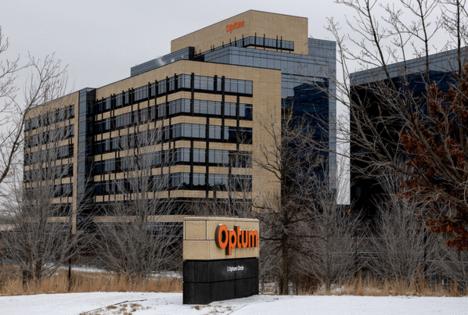

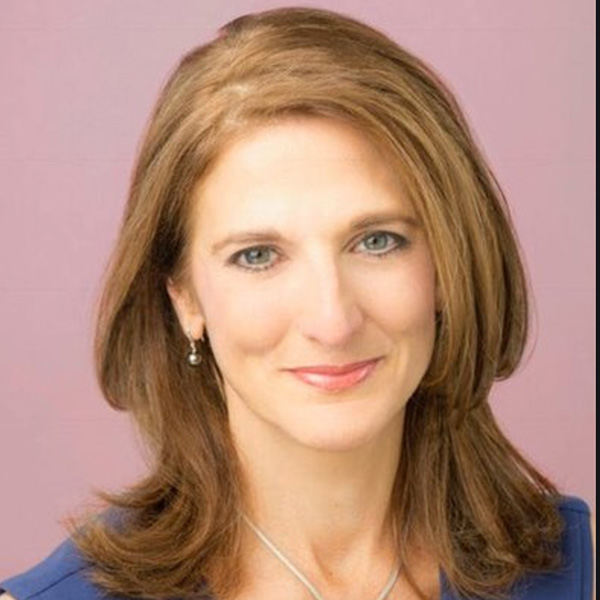
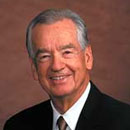
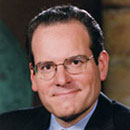
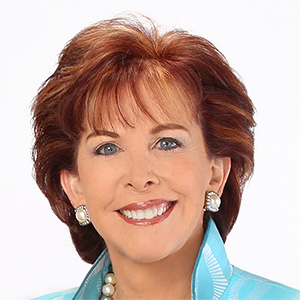


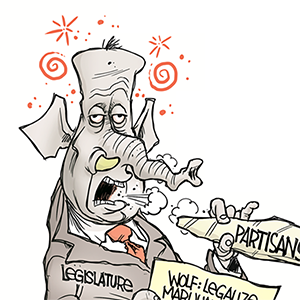



Comments